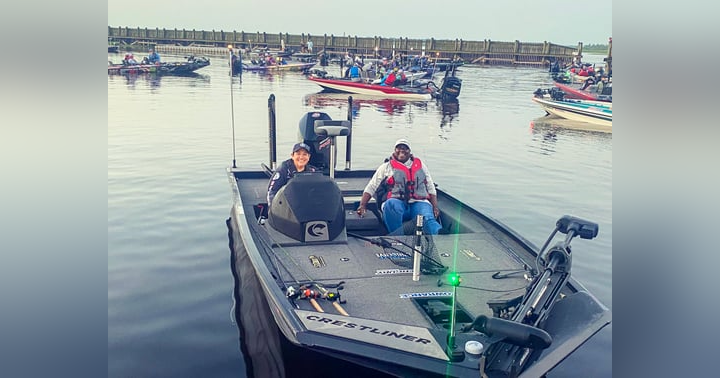The Disconnect Between Hunting and Fishing Regulations and Public Understanding

There is a disconnect between the way hunting and fishing regulations are made and the way the public understands them. This can lead to confusion, frustration, and even anger among anglers and hunters, who may feel like they are being unfairly targeted by regulations.
Let's explore the reasons for this disconnect and suggest some ways to bridge the gap. We'll also provide some tips on how to stay informed about hunting and fishing regulations so that you can make informed decisions about when, where, and how to hunt or fish.
Understanding the Disconnect
There are a number of factors that contribute to the disconnect between hunting and fishing regulations and public understanding. One factor is the complexity of the regulations themselves. Hunting and fishing regulations are often very complex, and they can vary from state to state. This can make it difficult for anglers and hunters to keep up with the latest changes.
Another factor is the way that regulations are communicated to the public. Hunting and fishing regulations are often published in government documents that are difficult to understand. This can make it difficult for anglers and hunters to find the information they need.
Finally, there is a lack of public education about hunting and fishing regulations. Many anglers and hunters do not know about the regulations that apply to them, or they do not understand the reasons for the regulations. This can lead to violations of the law and can damage the relationship between anglers and hunters and the public.
Consequences
The disconnect between hunting and fishing regulations and public understanding can have a number of negative consequences. One consequence is that anglers and hunters may be unaware of the regulations that apply to them, which can lead to violations of the law. This can result in fines, jail time, and the loss of hunting or fishing privileges.
Another consequence is that anglers and hunters may not understand the reasons for the regulations that apply to them. This can lead to frustration and anger, and it can make it difficult for anglers and hunters to comply with the regulations.
Finally, this can damage the relationship between anglers and hunters and the public. When the public does not understand the regulations that apply to hunting and fishing, they may view anglers and hunters as irresponsible or even dangerous. This can make it difficult for anglers and hunters to access public land and water, and it can make it difficult for them to pursue their sport.
Bridging the Gap: Education and Outreach
There are a number of things that can be done to bridge the gap between hunting and fishing regulations and public understanding. One important step is to improve public education about hunting and fishing regulations. This can be done through a variety of channels, such as public service announcements, educational programs, and online resources.
Another important step is to improve the way that hunting and fishing regulations are communicated to the public. Regulations should be published in clear and concise language, and they should be made easily accessible to anglers and hunters.
Finally, it is important to involve the public in the development of hunting and fishing regulations. This can be done through public meetings, online forums, and other mechanisms. By involving the public in the process, we can help to ensure that regulations are fair, reasonable, and supported by the public.
The Importance of Collaboration
Collaboration is essential to bridging the gap between hunting and fishing regulations and public understanding. Anglers, hunters, government agencies, conservation organizations, and the public all need to work together to develop and implement effective hunting and fishing regulations. We all have a stake in the future of hunting and fishing, and we all need to work together to ensure that hunting and fishing are sustainable and enjoyable for generations to come.
Getting Involved and Taking Action
There are a number of ways that you can get involved and help to bridge the gap between hunting and fishing regulations and public understanding. One way is to educate yourself about hunting and fishing regulations. You can do this by reading the regulations published by your state wildlife agency, or by taking a hunter education or fishing course.
Another way to get involved is to volunteer your time to help with public education efforts. You could volunteer to teach a hunter education or fishing course, or you could help to develop educational materials.
You can also get involved by participating in public meetings and online forums about hunting and fishing regulations. By sharing your thoughts and ideas, you can help to shape the development of hunting and fishing regulations.
Finally, you can support organizations that are working to bridge the gap between hunting and fishing regulations and public understanding. These organizations often offer educational programs, volunteer opportunities, and other ways to get involved.
Conclusion: A Call for Informed Conservation
The disconnect between hunting and fishing regulations and public understanding is a serious problem that needs to be addressed. By working together, we can bridge the gap and ensure that hunting and fishing are sustainable and enjoyable for generations to come.
We urge you to get involved and take action. By educating yourself about hunting and fishing regulations, volunteering your time to help with public education efforts, participating in public meetings and online forums, and supporting organizations that are working to bridge the gap, you can help to create a future where hunting and fishing are respected and enjoyed by all.








